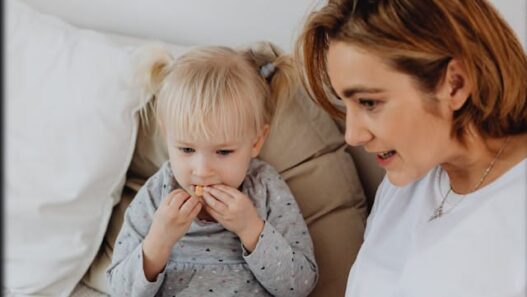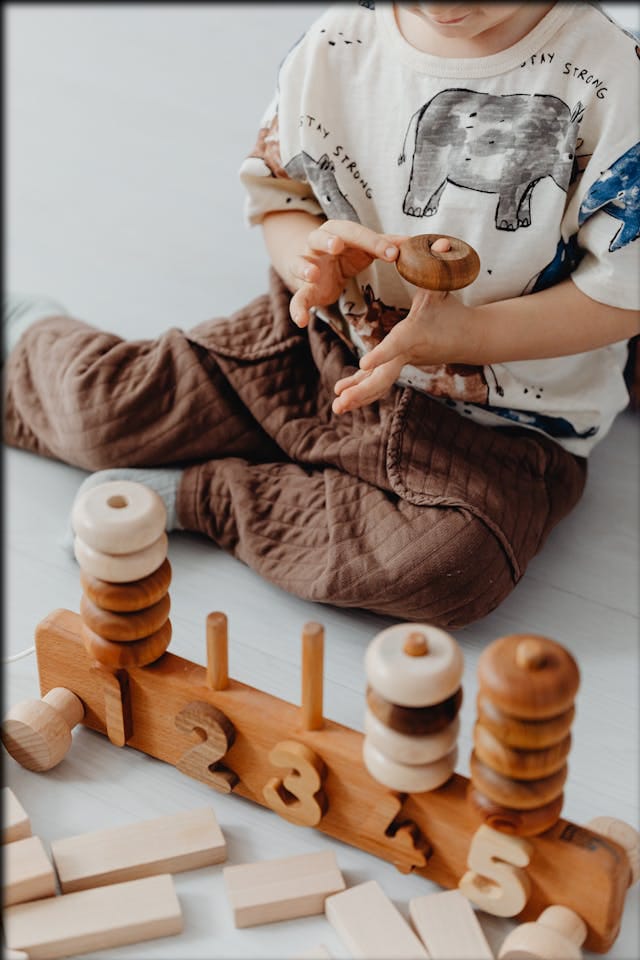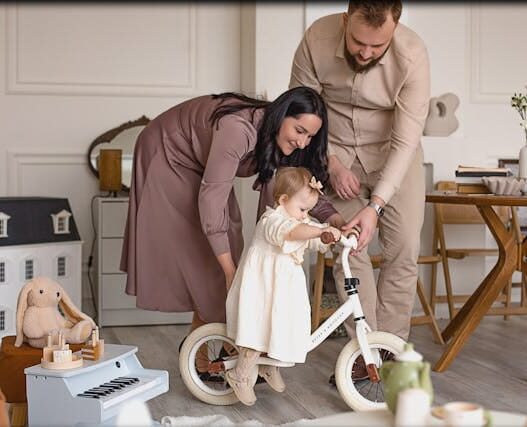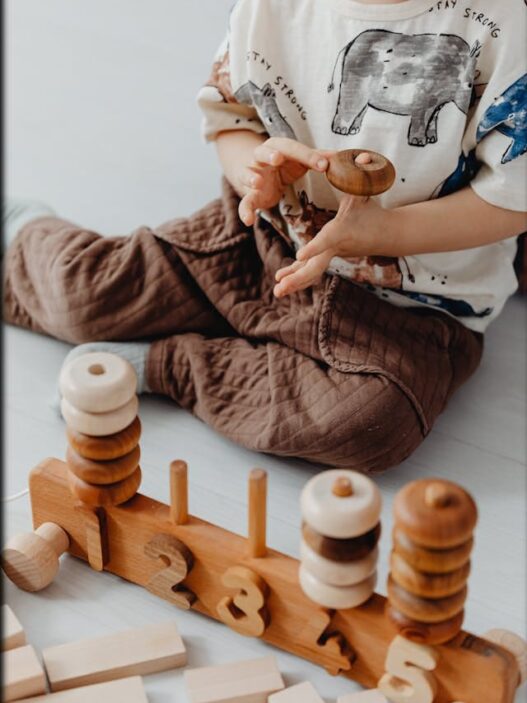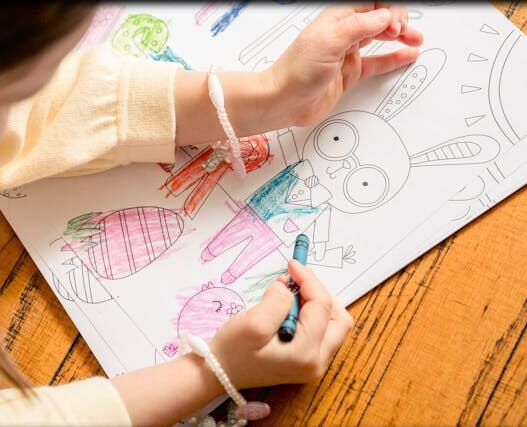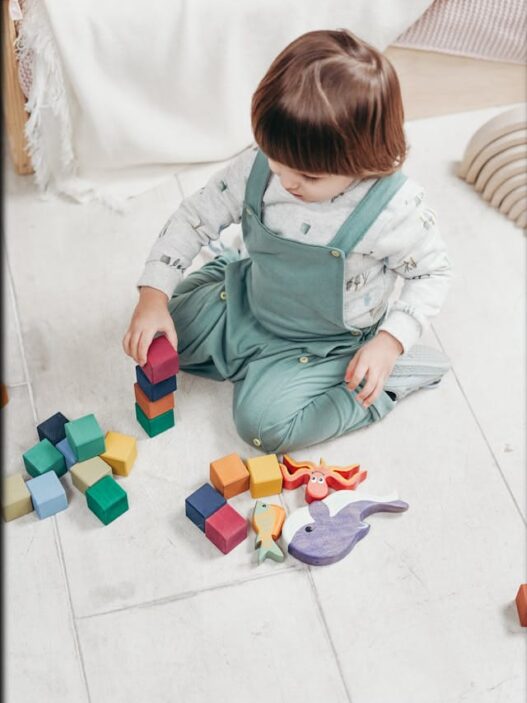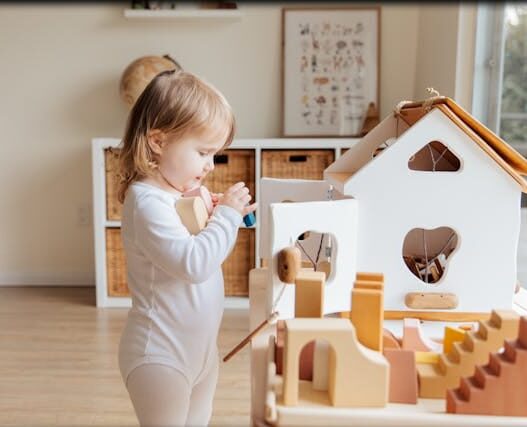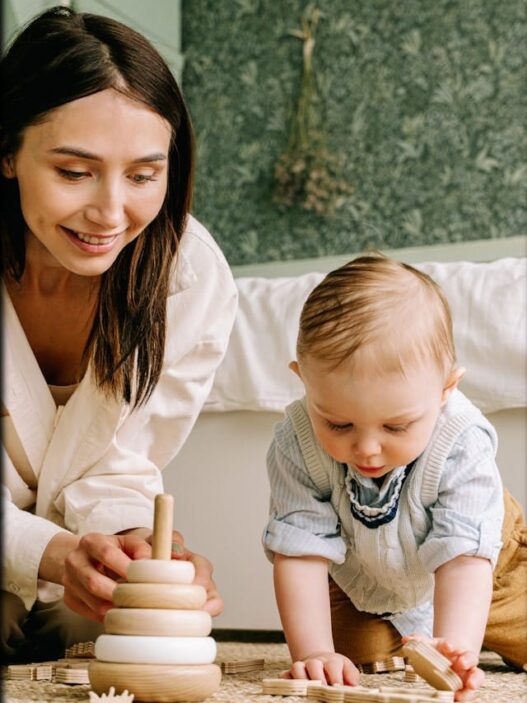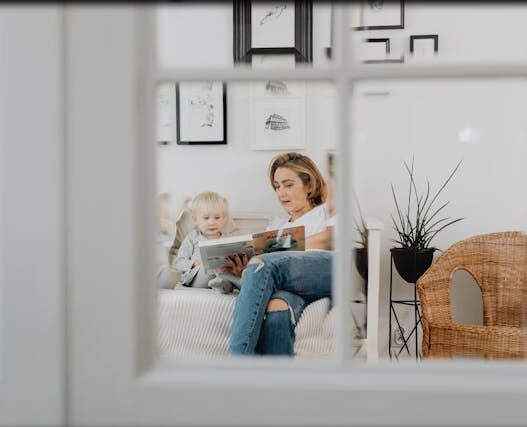Co-sleeping, a practice that has been part of different cultures for many years, involves parents and children sharing a sleeping area, such as a bed, floor mattress, or attached sidecar. While it can help strengthen the bond between parent and child and make breastfeeding easier, safety precautions should still be a priority.
Sleeping in the same bed as your baby can be dangerous, especially for infants under one year old. The risk of accidental suffocation or strangulation is higher if the baby is on a soft surface, has loose bedding, or is near objects that could be hazardous. It is important for both the parent and child to take steps to ensure a safe sleeping environment.
In order to ensure a safe co-sleeping environment, you may want to invest in a specialized co-sleeping bed. These beds are made specifically to offer a secure sleeping area for both parents and children, minimizing the chances of suffocation or other risks. There are a variety of co-sleeping beds available with different features and benefits to choose from.
One popular type of co-sleeping bed is the sidecar attachment, which is connected to the parent’s bed and provides a separate sleeping area for the child. This setup allows parents to be close to their child while still having their own space in bed. Sidecar attachments typically have a mesh or breathable fabric side for better airflow and visibility, reducing the risk of suffocation. They also come with adjustable heights and angles to ensure a secure connection to the parent’s bed.
The bedside sleeper is another type of co-sleeping bed that is a separate sleeping surface placed right next to the parent’s bed. These sleepers usually have a side that can be lowered for easy access to the child at night, while still providing a separate sleeping area. They often have adjustable heights and angles, as well as mesh or breathable fabric sides to improve airflow and visibility.
There are co-sleeping beds that can be placed on the parent’s bed, taking up less space than traditional cribs. These beds offer a safe sleeping area for the child while also allowing the parent to have their own space in bed. Some models have collapsible sides for convenient access, while others include safety features such as non-slip surfaces and secure attachment straps.
When choosing a co-sleeping bed, prioritize your child’s safety. Make sure the bed complies with safety standards from organizations such as the American Academy of Pediatrics and the Consumer Product Safety Commission. Look for beds with features like mesh or breathable fabric sides, adjustable heights and angles, and secure attachment straps. Avoid beds with soft bedding, loose blankets, or pillows that could pose a suffocation risk.
In order to establish a safe co-sleeping environment, it is important not only to use a secure co-sleeping bed, but also to take other precautions into consideration. Ensure that your baby sleeps on their back to decrease the risk of suffocation. Avoid smoking, alcohol, and drugs as they can impair your ability to care for your child during the night. Keep the room at a comfortable temperature and dress your child in a sleep sack or wearable blanket instead of using loose bedding.
Have a conversation with your partner or other caregivers about the co-sleeping arrangements and ensure that everyone is in agreement on safety precautions. Check the sleeping area regularly for any hazards such as loose bedding or toys. Listen to your instincts and be willing to make changes if you feel uncomfortable or if the co-sleeping setup doesn’t feel safe for your child.
Co-sleeping enhances the connection with your child and provides them with comfort and security during bedtime. It is important to use a safe co-sleeping bed and ensure a secure sleeping environment. Prioritize safety when co-sleeping and seek advice from your child’s pediatrician or a sleep specialist if you have any concerns or queries.




